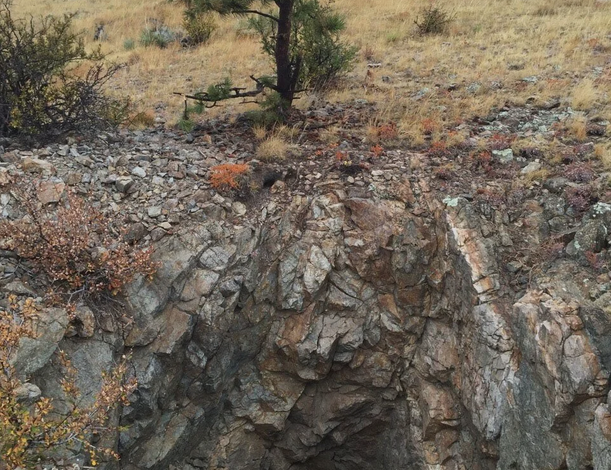The original story by Ryan Charles for Crux Investor.
Twenty miles west of Cheyenne, US Gold Corp’s CK Gold Project looks less like a long-shot exploration bet and more like a construction site waiting for a green light. The project is fully permitted, shovel-ready, and — rare for North American mining — parked next to everything a modern operation needs: grid power, rail within a few miles, a skilled workforce and a state that still understands how resource projects get built.
US Gold says CK holds 1.7 million ounces of gold-equivalent reserves and is engineered for roughly 110,000 ounces a year over a 10-year mine life. On the numbers they’ve published, the all-in sustaining cost clocks in around $940 an ounce. At today’s elevated gold prices, the company touts a sub-one-year payback — helped along by a straightforward flowsheet and the absence of eye-watering infrastructure bills.
The permit itself is historic — Wyoming’s first hard-rock mining permit in about 100 years — and it arrived with minimal public pushback. That’s largely because the plan skips some of the industry’s biggest flashpoints: there’s no cyanide leaching and no tailings dam. Ore will be crushed, ground and floated into a copper-gold concentrate shipped offsite, while tailings are designed to be filtered and dry-stacked with waste rock. In short: simpler processing, fewer headaches.
Veteran mine builder George Bee, now CEO, is the one turning drawings into dirt. Bee cut his teeth building Barrick’s Goldstrike and makes no secret of why CK’s location matters. Remote mines spend fortunes on roads, power and camps before the first ounce is poured. CK, by contrast, already has a power deal in place — 7.2 cents per kilowatt hour — and sits off the I-80 corridor with Union Pacific just a few miles away. You can commute from Cheyenne and keep your coffee hot.
There’s also an extra revenue angle you don’t often see in gold projects. The waste rock here is high-quality aggregate — think road base and rail ballast. By the company’s estimates, selling a slice of that material could add $10–15 million a year to cash flow, with the potential to scale further if rail haulage pencils out. It’s not the headline, but it fattens the margins and could outlast the mine.
Construction is targeted for early 2026, following a definitive build decision and final project prep. If the schedule holds, CK would not only revive the historic Silver Crown district — it would also offer a modern template for how to develop a hard-rock mine in the US: start with a manageable footprint, leverage existing infrastructure, take the heat out of processing choices, and bring the community along from day one.










The latest news in your social feeds
Subscribe to our social media platforms to stay tuned